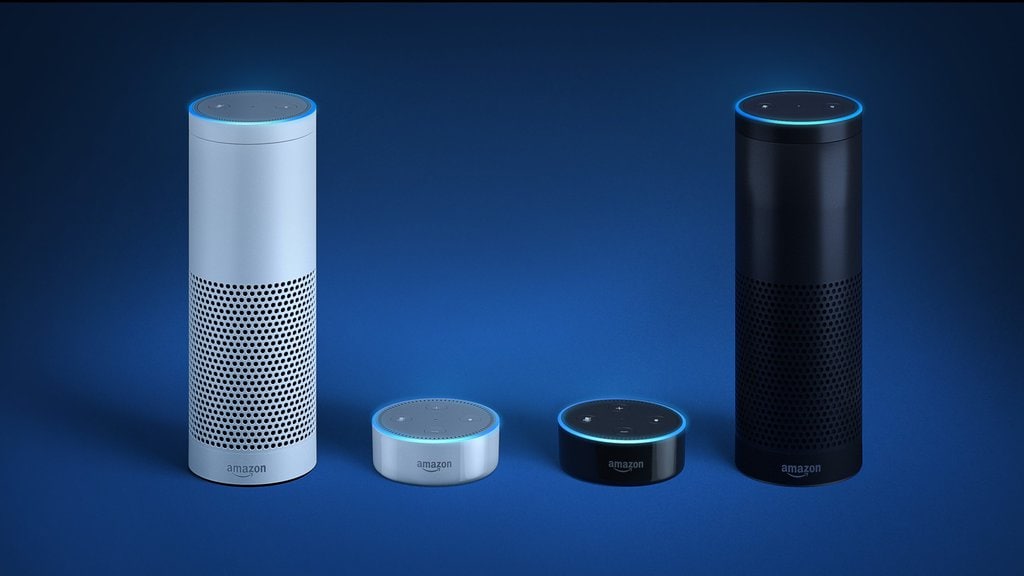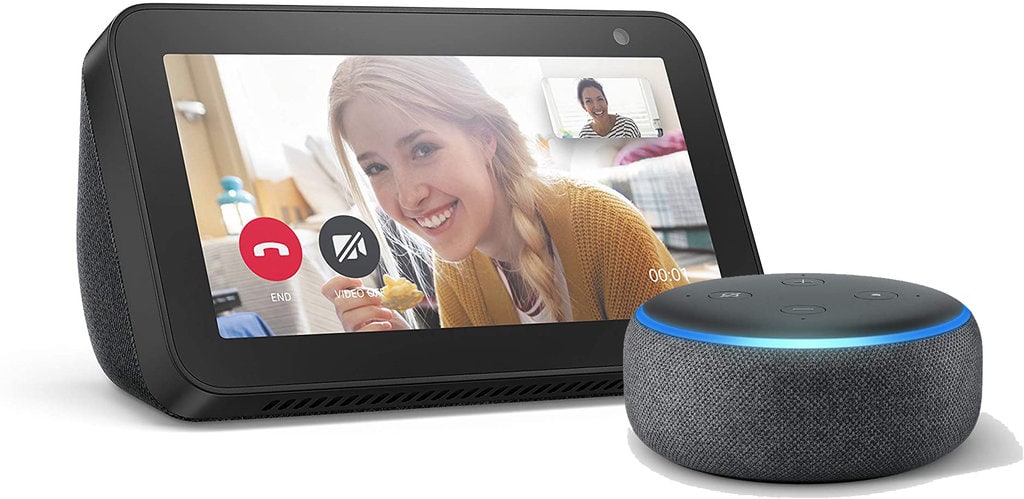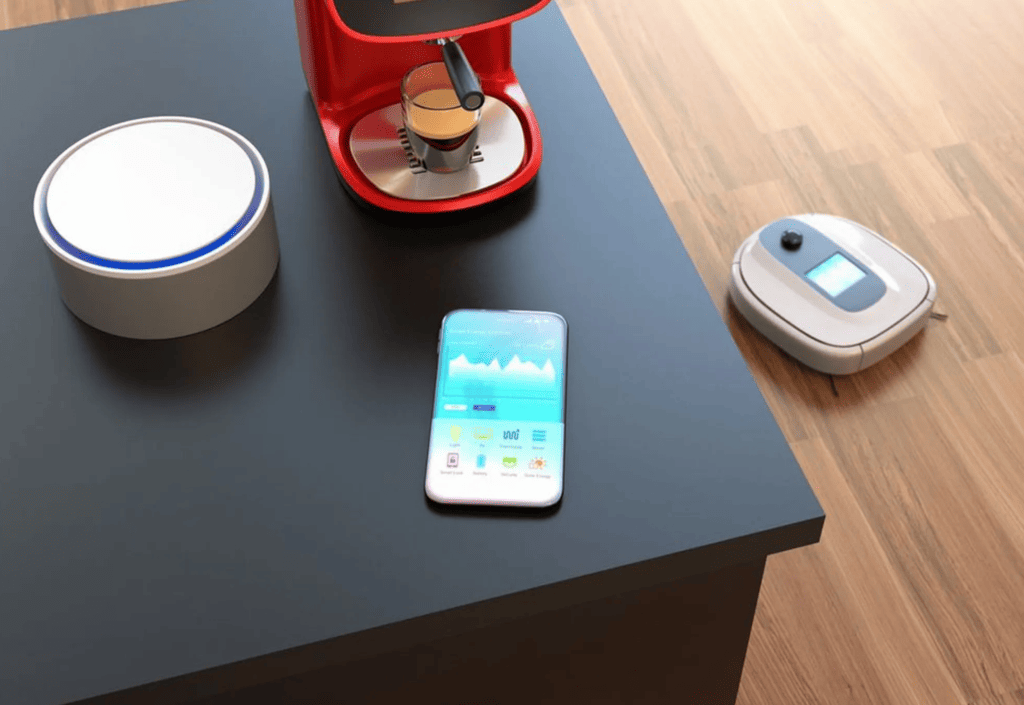Having a smart home that meets all your needs and makes your life easier is quite the task. However, setting up the right combination of devices can be really convenient. This guide will help you understand the benefits of each device and how a little planning can help a lot.
The Right Ecosystem for a Smart Home
Before you go shopping for smart devices, you should determine which one works best for your needs. The three main ones are Google Home, Amazon Alexa, and Apple HomeKit. If you’re an Apple user, the last option is the obvious choice. If you prefer Android, however, Google Home is the one for you. Google’s voice assistant responds to voice commands quickly and can understand complicated directions or follow-up requests.

Amazon Alexa’s answers may not always be as accurate, but its speakers and smart displays are the most affordable out of the three. Apple’s HomeKit is elegant and very easy to use. There aren’t many HomeKit-supported devices, but the major smart home brands are covered. You can also control devices when you’re away — such as a HomePod Mini, Apple TV, or iPad.
You Need a Hub Too
By using smart speakers and displays, you can control the gadgets in your smart home with your smartphone. It’s better to have a mix of speakers and displays, so your assistant can hear you no matter what room you’re in.

We recommend choosing ones that have simple touch controls everyone in your family can use. It’s important to consider other people you live with and guests who may be unfamiliar with smart-home setups. If you want to control your light switches, you have to leave them on. This may confuse your guests or children who don’t have access to smartphones.
The Importance of Wi-Fi
The most-used Wi-Fi frequencies are 2.4GHz and 5GHz. Most smart-home devices operate on a 2.4GHz frequency. However, the 5GHz frequency offers faster speeds. The new Wi-Fi 6E even supports 6-GHz. It can handle more devices and is more secure, but your gadgets must support Wi-Fi 6E. Choose the right spot for your router, and remember that upgrading your old router to a new one can make your Wi-Fi faster. Think of a long password with a mix of lowercase, uppercase, numbers, and special characters.
Bluetooth, Wi-Fi, or Smart Hubs?
Bluetooth is a lot slower and less reliable than Wi-Fi. Even though Wi-Fi may seem like an obvious solution, a smart hub offers more stability and makes connected devices more responsive. Thread, Zigbee, LoRa, and Z-Wave, for example, use different technologies to connect and have a lower bandwidth.
Setting Up Smart Home Devices
Most smart home devices require an app for the initial setup. In most cases, you need to follow the guide that comes with every device. You have to download the app and scan a QR code or enter a serial number. This is a crucial step before proceeding with the setup.

The Google Home, Apple Home, and Alexa apps usually have a simplified set of controls, so don’t get rid of the third-party app. You may need it to access particular settings in the future.